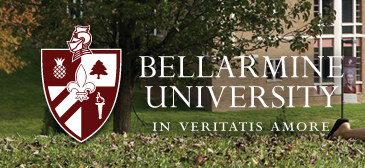Date of Award
4-16-2019
Document Type
Capstone
Degree Name
Doctor of Nursing Practice (DNP)
School Name
Donna and Allan Lansing School of Nursing and Health Sciences
Department
Nursing
Major Advisor
Kathy Hager, DNP, ARNP, FNP, CDE
Second Advisor
Teena Darnell, DNP, RN
Third Advisor
Mary Rademaker, MD
Fourth Advisor
Kurt Wernert, C.P. M.Div
Abstract
Background: The population in the United States is aging and experiencing age- and disease-related changes, leading to increased frailty, as well as increased disability, morbidity, and mortality. Timely recognition of these vulnerabilities, and intervention implementation, are crucial to prevent adverse outcomes and to support successful aging in place. Purpose: The purpose of this project is to develop and implement a multifaceted assessment process to identify early predictors of frailty among members of a vowed religious community of Catholic men to ultimately support successful aging in place. Participants: A single vowed religious community of Catholic men in the United States, living in community and not residing in a skilled nursing facility, were invited to participate. The mean age was 71.7 years old. Methods: The overall health and wellbeing of the community, as well as frailty, were assessed using a survey design. The project survey had 113 questions and took 45 minutes to complete. Those with findings requiring further evaluation or intervention received follow-up. Descriptive statistics were used. Qualitative data were synthesized and summarized. Results: Using a modified Edmonton Frail Scale, 87.5% were not frail and 11.8% were prefrail or vulnerable to frailty. Participants were overweight or obese (66%), at risk for malnutrition (11.8%), reported dizziness (48%), had difficulty negotiating stairs (45.2%), had fallen (26.5%), and screened positive for fall risk (65.6%). Emotionally related predictors included signs of depression in 51.6 % of participants. Participants also indicated a readiness for change (50%). Conclusion: This project creates a unique opportunity to develop new processes that promote successful aging in place such as the implementation of a geriatric assessment tool, with resulting interventions that promote the best possible outcomes for identified frailty predictors.
Recommended Citation
Senn-Reeves, Julia, "Early Identification of Frailty Predictors in a Vowed Religious Community of Catholic Men: A Strategy for Successful Aging in Place" (2019). Graduate Theses, Dissertations, and Capstones. 73.
https://scholarworks.bellarmine.edu/tdc/73
Included in
Community Health and Preventive Medicine Commons, Geriatric Nursing Commons, Other Nursing Commons, Public Health and Community Nursing Commons
